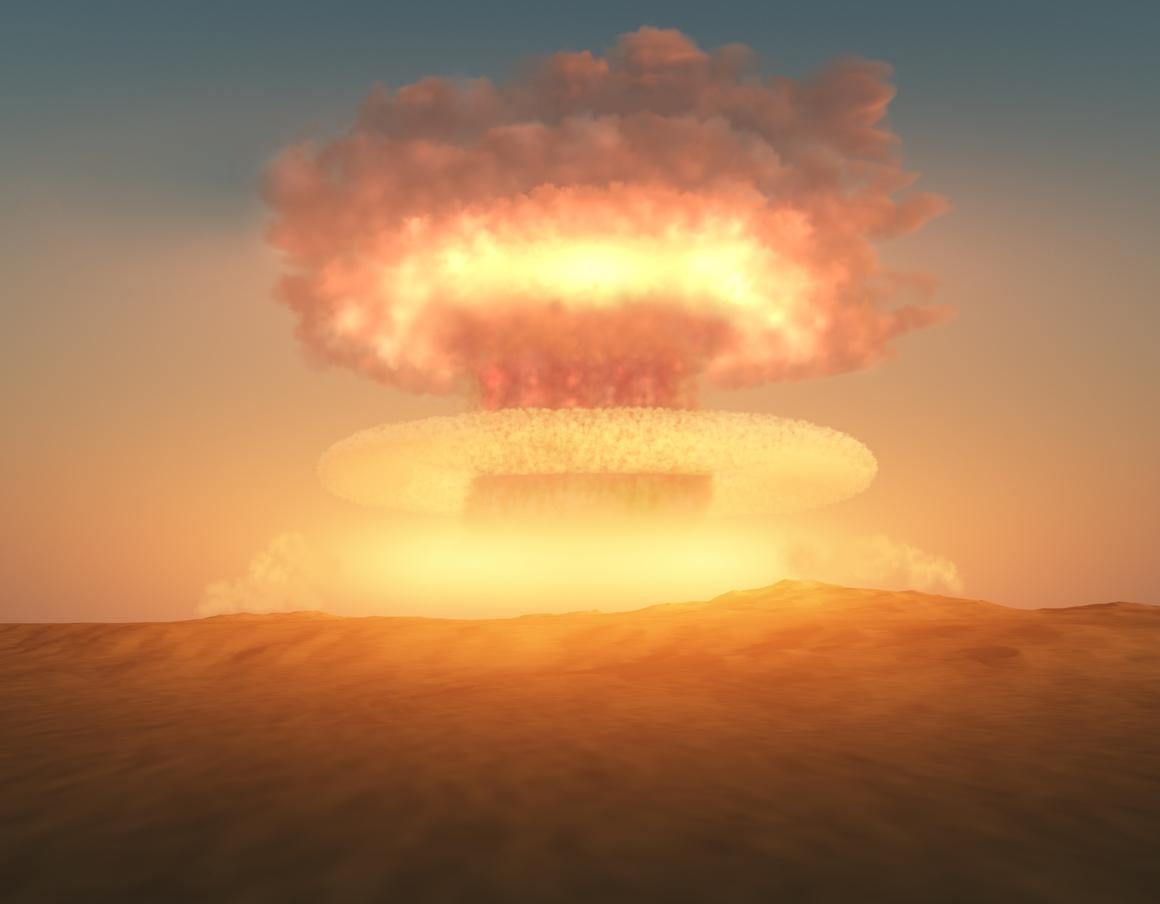How to survive a nuclear attack
Don't try and drive to your loved ones

Tensions over nuclear attacks around the world are growing, and many experts believe we are facing very real threats.
With that in mind, leading emergency response planners are advising the public that a nuclear attack may be survivable if you react in the correct way.
The main piece of advice? “Don’t run. Get inside.”
By sheltering in one place under as many layers of protection as possible, you have the best chance of avoiding the radiation that would result from a nuclear detonation.
Nuclear blasts vary in size but the biggest ones would create mile-wide fireballs as hot as the sun’s surface, swiftly followed by winds stronger than a hurricane, according to the Bulletin of the Atomic Scientists.
Although there’d be little chance of survival for those in the immediate vicinity, as radioactive fallout can be carried for miles, scientists believe reacting in the appropriate way is essential.
Trying to run to safety would be practically impossible - instead, experts recommend staying in your house (preferably in a basement), or a car as a second-best option.
“Go as far below ground as possible or in the centre of a tall building,” the official advice on ready.gov states. “The goal is to put as many walls and as much concrete, brick and soil between you and the radioactive material outside.”
It’s recommended you should stay inside for at least 24 hours unless authorities have said you can emerge.
Despite the natural desire to reunite with family members, the public are being urged to leave their kids at school rather than attempt to drive through the radiation.
Whilst this advice is not new - U.S. emergency and public health establishments came to the conclusion years ago - it has never been widely broadcast to the public.
According to officials at the Federal Emergency Management Agency (FEMA) and Department of Homeland Security, the advice for what to do in a nuclear attack is available online at ready.gov, but the directives have not been widely shared beyond the website.
A FEMA spokesperson who was asked whether they would be spreading the word said: “At this time time there are no specific plans to do any messaging on this topic,” NBC reports.
This is because officials don’t want to worry the public but also want to make sure the guidelines for “radiation safety” are shared the same amount as those for other threats, such as earthquakes, hurricanes and floods.
“There is a lot of fatalism on this subject, the feeling that there will be untold death and destruction and there is nothing to be done,” said Irwin Redlener, director of Columbia University's National Centre for Disaster Preparedness.
“But the thing that is frustrating for me is that, with some very simple public messaging, we could save hundreds of thousands of lives in a nuclear detonation.”
Join our commenting forum
Join thought-provoking conversations, follow other Independent readers and see their replies
Comments
Bookmark popover
Removed from bookmarks